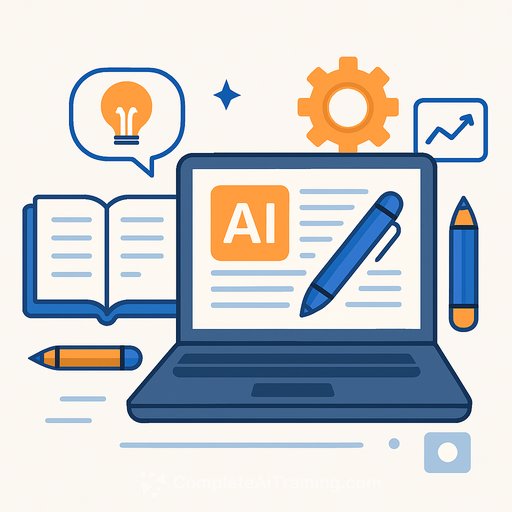Embracing AI in Education: A New Approach to Writing
Fifteen-year-old Nicole Acevedo is among many students who have started using artificial intelligence as a writing aid. Recently, she used AI to help craft her quinciñera speech and often relies on it to meet homework deadlines. Her school in Brooklyn’s Greenpoint/Williamsburg area is also exploring AI tools, but with a focus on supporting learning rather than replacing student effort.
Northside Charter High School integrated an AI writing assistant called Connectink into its freshman seminar class. Created by the school’s chief academic officer, Rahul Patel, and developed with guidance from Columbia University’s Teachers College, Connectink functions like an on-demand writing coach. It offers sentence starters, prompts for expanding ideas, and immediate feedback to help students improve their writing — a crucial support when educators can’t give individual attention to every student.
Balancing AI Use with Learning Integrity
As AI tools gain traction in classrooms across New York City and beyond, concerns about cheating and racial bias in AI-driven educational tools have surfaced. Some AI systems used for lesson planning and administrative tasks have shown bias, heightening the need for cautious adoption. Patel sees Connectink as an early example of how AI might be thoughtfully integrated to support students without undermining critical writing skills.
The Center for Professional Education of Teachers conducted a pilot study involving 360 students across three high schools. Students used Connectink to write personal narratives, aiming to boost confidence and empathy through writing. Before the pilot, only 37% of students considered themselves good writers, but 68% welcomed feedback. Nearly half felt more connected to themselves or classmates through writing, although only 20% believed their writing could influence their world.
By the end of the pilot, students recognized their strengths and challenges as writers. Many moved from writing just a few sentences to multiple paragraphs with richer descriptions. Nicole, for example, used Connectink to improve word choice and add detail to an essay about a childhood friendship dispute. “I struggle a lot with repeating things like ‘because,’” she said. “This tool helps me get out of using those words and makes my writing more professional.”
Using AI to Overcome Writer’s Block
Patel was inspired to build an AI writing tool after using AI to create a family book during his wife’s pregnancy. He realized that the tool’s purpose should be to inspire writing, not replace it. “Many students don’t write much beyond text messages,” he explained. “They get stuck because they don’t believe in themselves.”
While many students use AI to complete assignments, education experts warn against relying on AI to do the writing for learners still developing foundational skills. Such shortcuts can undermine critical thinking and create learning gaps that affect students long-term.
Refocusing on Writing as a Vital Literacy Skill
Writing instruction has been overshadowed by reading initiatives and test-focused teaching. This shift has turned writing into a performance exercise where students aim to write “the right answer” rather than express ideas. The pandemic also moved much writing to digital formats, where constant spellcheck interruptions can disrupt the writing flow.
Patel hopes educators will consider how AI impacts learning as these tools become more common. “Right now, it feels like everyone’s chasing the latest tech,” he said. “Without changes, we could see negative effects on education.”
Writers interested in exploring AI’s role in education or enhancing their own skills with AI tools can find relevant courses and resources at Complete AI Training.
Your membership also unlocks:






